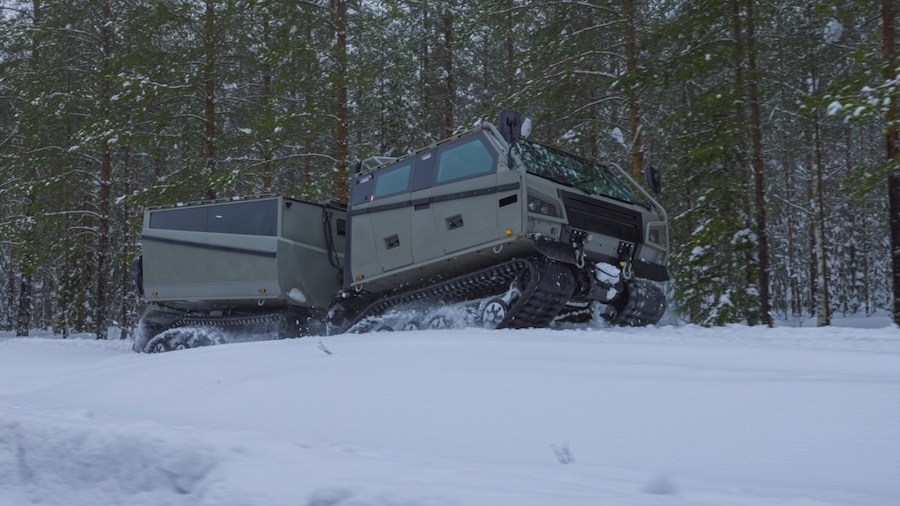- Reaction score
- 12,098
- Points
- 1,160
100% understand the argument made. I'm just thinking back on the many different previous purchases where only the bare minimum "combat" type vehicle was purchased for the needs of the day and there was no surplus of available units to account for attrition or loss. And one thing I've learned is young energetic youth let loose with off highway vehicles results in breakage and loss.
Do Canadian Ranger Patrol Groups need armoured units? Probably not especially given the lack of support weaponry they are issued to make the vehicle into a tactical unit. Could an unarmoured version be excellent units for both military and civilian response roles....definitely.
If the 1980's purchase was 880 unarmoured Bv206's to me that is the minimum order size we're talking. If our European allies are only operating armoured units and we're going soft skin there is a miss match of force capacity and/or loss replacement to be considered. I'd much rather be willing to walk into the NATO meeting and indicate there is a strategic reserve of these units in use in Canada that could be used to offset combat losses if required while new ones are being built than offer up subpar alternatives.
In my dream world one of the core missions for the CAF is transport...because short of the US invading it will be transport of resources/munitions/key force elements to the theater as key. If you're going to be a small force then what is the most useful option out there...hence my dream of expanded heavy lift air transport (good for anywhere in the world) and force enabler type units such as long range artillery, hospitals, intelligence roles and high impact ground forces. If we're ordering a 1000 units is there a deal to be made to produce them here in Canada as a steady stream of new units rather than a single year lump purchase.
I think Hagglunds has made over 11000 Bvs and the vast majority of them were of the unarmoured types.
Armoured types seem to have only been popularized since the Royal Marines commissioned a few for their own needs then started using them as effective troop carriers in Afghanistan.
I don't think we are in danger of generating an orphan fleet regardless of what we choose....
.... assuming we don't do an LSVW on it and convert a perfectly functional piece of kit into a loud, squeaky mess. Having said that, it has squeaked on for 32 years. Somebody on Italy must have done something right.






